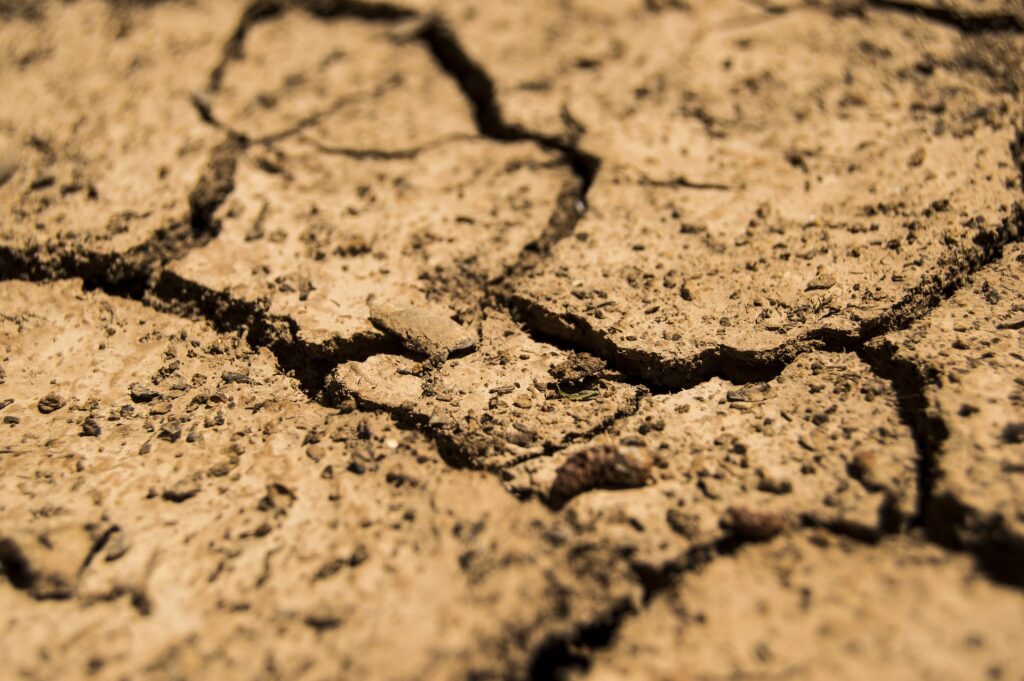A study of global climate model data by Chinese researchers has predicted that drought will become more severe and last for longer, particularly for already dry regions.
Researchers from Xinjiang Institute of Ecology and Geography, Chinese Academy of Sciences, have analyzed the future meteorological drought trends, drought event durations, and changes in drought frequency and intensity in the global and Asian dry lands under the three shared socioeconomic pathway (SSP) scenarios (SSP126, SSP245 and SSP585), with the support of global climate model data from the World Climate Research Programme’s (WCRP) Coupled Model Intercomparison Project, Phase 6 (CMIP6).
SSPs are scenarios of projected socioeconomic global changes up to 2100 and are used to derive greenhouse gas emissions scenarios with different climate policies. The results of the study show that under different SSPs, the global terrestrial future is likely to show an increasing trend of drought, with the proportion of drought increasing in the three pathways of SSP126, SSP245 and SSP585 being 36.2%, 53.3% and 68.3%, respectively. Moreover, the duration of drought events becomes longer, with global drought event durations of 4.4 months, 5.7 months, and 8.6 months in the historical period (1961-2000), near future (2021-2060) and far future (2061-2100) time periods, respectively.
Among these, more severe droughts are likely to occur in the future in already dry regions such as Australia, the Middle East, South Africa, North Africa, and Central Asia. Under the SSP126, SSP245 and SSP585 scenarios, the dry regions of Asia along the core of the Silk Road Economic Belt will be at risk of increased drought in the future, with the proportion of drought-intensified areas at 65.1%, 89.9% and 99.8% respectively. At the same time, the intensity and duration of droughts show an increasing trend. In particular, the drought situation in southern Xinjiang, Uzbekistan and western Kazakhstan will be more severe in the future.
To read more from the study ‘Drylands face potential threat of robust drought in the CMIP6 SSPs scenarios’, click here.



